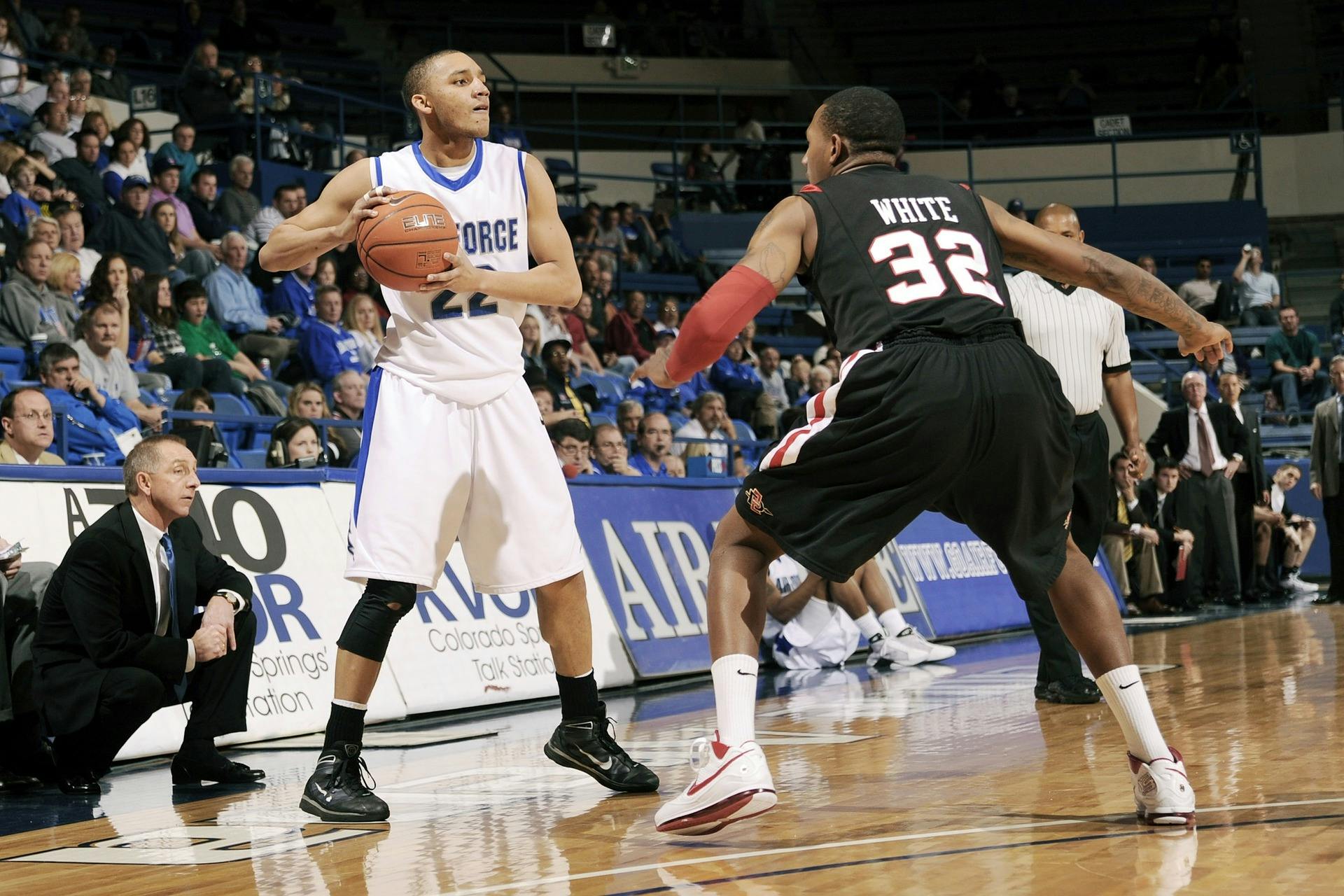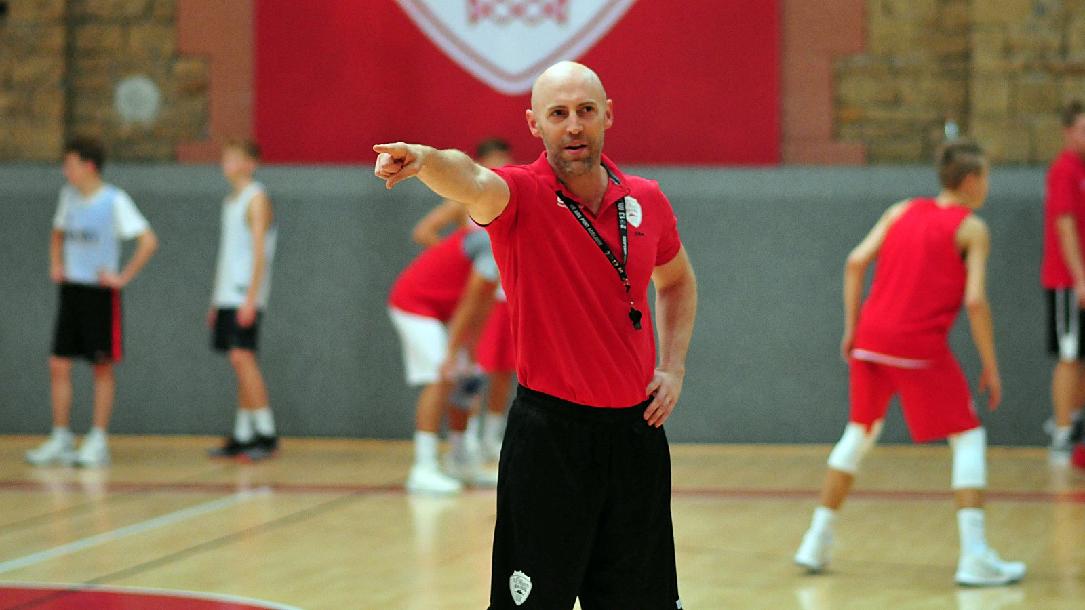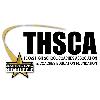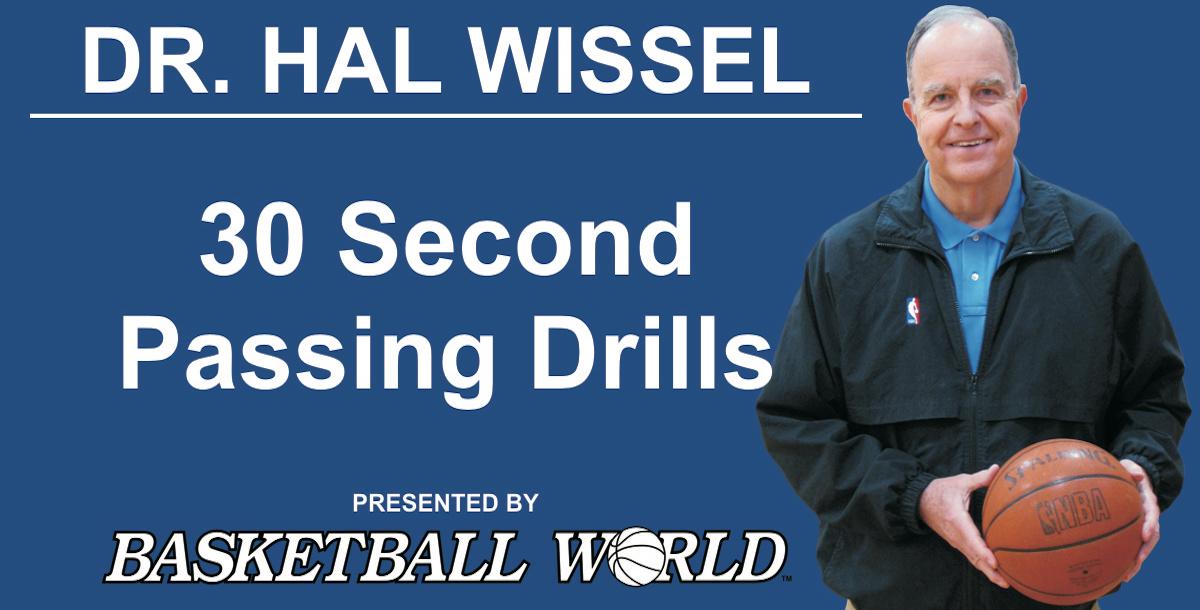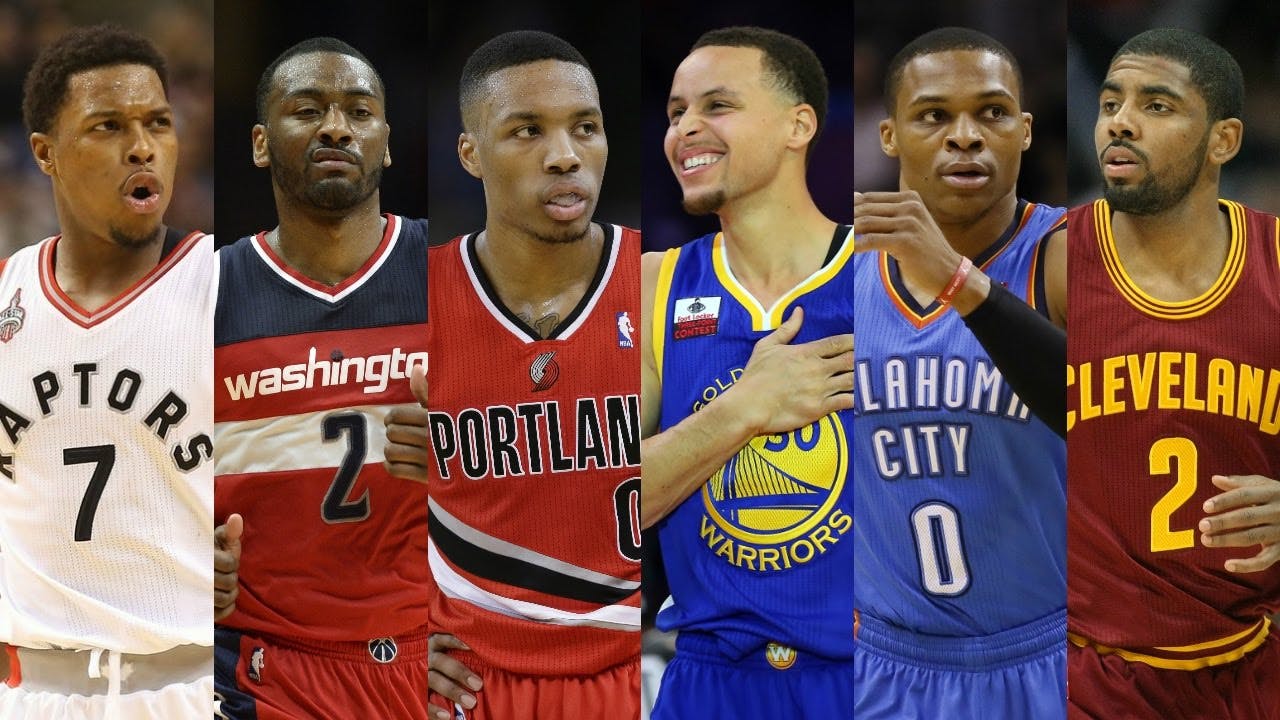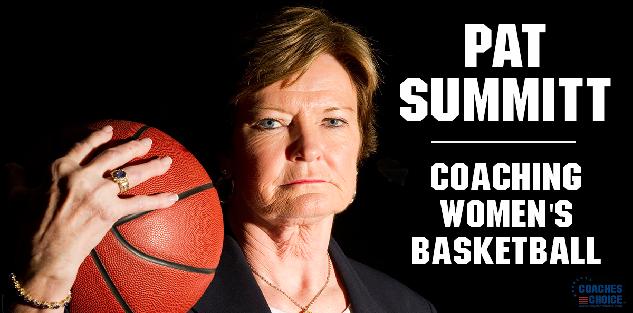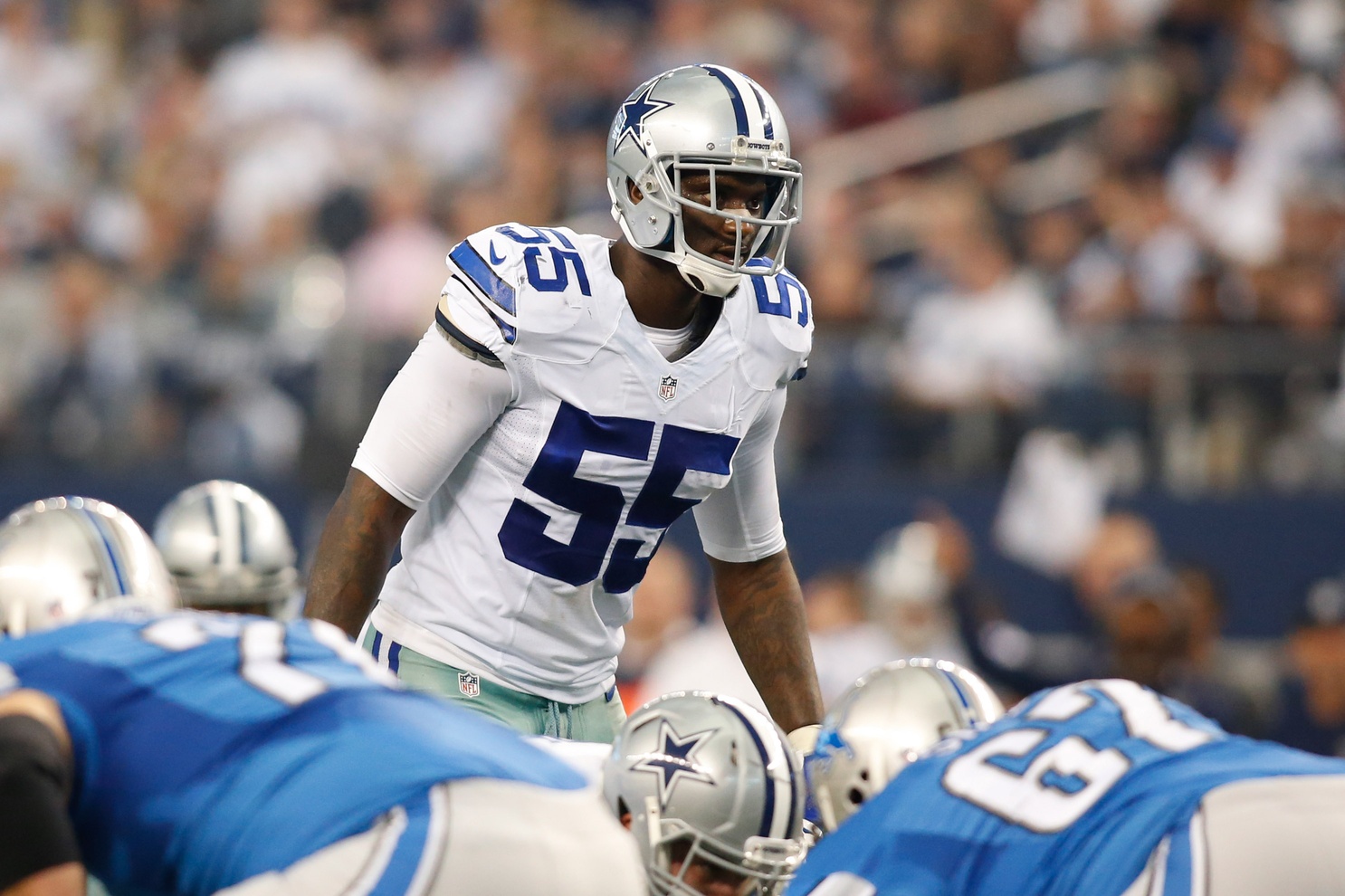Carmelo Anthony puts up 10 points and four rebounds in his first 24
minutes of the 2019-20 NBA season as the Portland Trail Blazers fall to
the New Orleans Pelicans on the road 115-104.
Now this from CoachTube Basketball!
How To Play Off-The-Ball At A Young Age
- By Brandon Ogle
Everyone wants to be the guy with the ball in the closing seconds.
However, after watching many great teams, I’ve realized that too many
of these “players” can have a significant negative impact for the team
overall. With this understanding, it’s not difficult to conclude that young
players need to develop the ability to play basketball without the ball in
their hands. There are so many situations throughout each game where
this comes into play.
ready so I don’t have to get ready.” Although MMA is much different
than basketball, this concept of always being ready doesn’t change. Both
sports require you to make decisions quickly. This idea relates perfectly
to being a better off the ball player. Even when you don’t have the ball in
your hands, you need to constantly be moving and working. When
players start standing around, the offense quickly becomes stagnant.
Unfortunately, this happens far too often at the youth level. Young
players don’t see a need to move around if they don’t possess the
basketball. Whether you’re an outside shooter, a rebounder or a mid-
range player, keep working and stay ready!
statement has different implications for various types of players. I’ll
start off with wings and guards. One of the best actions they can do is
run off screens. In doing so, make sure you run off the screen so there is
no space between yourself and the screener. This will ensure you create
enough space from the defender. Then immediately after running off the
screen, get your head up and create an open passing option for the ball
handler. As I mentioned earlier, stay ready!
A second piece of advice is to cut at different speeds. You don’t want to
create an environment where your defender knows where and how
you’ll cut. This is easy to defend against! Always try faking them out by
taking a step one way before sprinting off a screen. In the end, from each
of these recommendations, the central interlocking element is this idea
that you must be constantly be moving.
Keep in mind that after you receive the pass, you’ll need to be thinking
about getting a shot off if you manage to get open. This video from
former NBA assistant coach, Hal Wissel teaches the basics on shooting
off the catch.
the wings and guards. Often times, it will result in opportunities for the
cutters and not the screener. All of this goes back to the concept of doing
actions for the greater good of the team. In the terms of the actual
screening process, make sure you stand firm and avoid falling victim to
a moving screen turnover. This will quickly draw the ire of your coach!
Sometimes, the screening process will result in chances for the actual
screener. In these, you may set a screen and then roll. Think of a pick-
and-roll offense here. In order to be effective with this, bigs need to
work on catching the ball, putting a dribble or two down and shooting
the ball. Conversely, it can be useful to take a step back to the three-
point line before executing a catch-and-shoot situation. Again, as was
the case with the wings, you need to always be on the move and ready
to make a play.
much stagnation. Players are just standing around and the ball handler
doesn’t have any open passing lanes to find a teammate. Frequent cuts
can eliminate this detriment. When cutting, keep in mind that the ball
handler might not always see you when you get open. Don’t let this get
in your head and affect your game, just keep working and fighting out
there. This is particularly important at the youth level. Young players
might start to get frustrated when the point guard fails to see them
when they’re wide open. Rather than letting this frustration boil, go and
tell your point guard where to look, in what might be a soft spot in the
defense.
chemistry in the locker room. Even at the youth level, every team will
probably have one or two players that are slightly more talented than
the rest. However, not everyone will possess the skills to handle the ball
a lot and distribute it amongst their teammates. This is why I sort-of
consider great off-the-ball players to be terrific role players. They
understand their role and are always willing to do whatever it takes to
come out of a game with a win. Although, some great off-the-ball players
are truly stars (think of Rip Hamilton, who will be discussed later), you
need everyone on the court to be willing to be a great off-the-ball player.
When players are playing for the greater good of the team, they start to
enjoy playing with each other since there is a greater sense of equality
amongst their teammates.
always loved evaluating is Richard “Rip” Hamilton. The former Detroit
Piston NBA Champion was a dynamite scorer, amassing a 17.1 scoring
average over his 14-year NBA career. A lot of these points came from
the topics I’ve discussed above. When playing with the Pistons, he had a
point guard in Chauncey Billups who had great vision of the court.
Hamilton was always rolling off screens and creating passing
opportunities for Billups. Upon receiving the pass, Hamilton wouldn’t
hesitate to pull up mid-range for the jumper. You’ll likely never find a
better mid-range shooter than Rip.
Defenses are going to look to get in a rhythm to where they are always
in the right place. Conversely, offenses want to disrupt this and keep
them thinking. Whether you’re a forward, center or guard, there is
always something to be doing. For young players, acquiring this skill
and knowledge can pay serious dividends as you progress in your
basketball career.
Other recommended offensive courses:
Fundamentals & Finishing by Dave Severns
Great Pick & Roll Plays with Lason Perkins
Guard/Wing Workout featuring Coach Rob Moxley
However, after watching many great teams, I’ve realized that too many
of these “players” can have a significant negative impact for the team
overall. With this understanding, it’s not difficult to conclude that young
players need to develop the ability to play basketball without the ball in
their hands. There are so many situations throughout each game where
this comes into play.
Always Ready
MMA athlete and current UFC star Conor McGregor once said, “I stayready so I don’t have to get ready.” Although MMA is much different
than basketball, this concept of always being ready doesn’t change. Both
sports require you to make decisions quickly. This idea relates perfectly
to being a better off the ball player. Even when you don’t have the ball in
your hands, you need to constantly be moving and working. When
players start standing around, the offense quickly becomes stagnant.
Unfortunately, this happens far too often at the youth level. Young
players don’t see a need to move around if they don’t possess the
basketball. Whether you’re an outside shooter, a rebounder or a mid-
range player, keep working and stay ready!
Wings/Guards: Roll Off Screens
When I make the claim that players need to play better off-the-ball, thisstatement has different implications for various types of players. I’ll
start off with wings and guards. One of the best actions they can do is
run off screens. In doing so, make sure you run off the screen so there is
no space between yourself and the screener. This will ensure you create
enough space from the defender. Then immediately after running off the
screen, get your head up and create an open passing option for the ball
handler. As I mentioned earlier, stay ready!
A second piece of advice is to cut at different speeds. You don’t want to
create an environment where your defender knows where and how
you’ll cut. This is easy to defend against! Always try faking them out by
taking a step one way before sprinting off a screen. In the end, from each
of these recommendations, the central interlocking element is this idea
that you must be constantly be moving.
Keep in mind that after you receive the pass, you’ll need to be thinking
about getting a shot off if you manage to get open. This video from
former NBA assistant coach, Hal Wissel teaches the basics on shooting
off the catch.
Bigs: Set Screens
Due to the nature of the position, bigs are often asked to set screens forthe wings and guards. Often times, it will result in opportunities for the
cutters and not the screener. All of this goes back to the concept of doing
actions for the greater good of the team. In the terms of the actual
screening process, make sure you stand firm and avoid falling victim to
a moving screen turnover. This will quickly draw the ire of your coach!
Sometimes, the screening process will result in chances for the actual
screener. In these, you may set a screen and then roll. Think of a pick-
and-roll offense here. In order to be effective with this, bigs need to
work on catching the ball, putting a dribble or two down and shooting
the ball. Conversely, it can be useful to take a step back to the three-
point line before executing a catch-and-shoot situation. Again, as was
the case with the wings, you need to always be on the move and ready
to make a play.
Frequent Cuts
As I alluded to earlier, one of the biggest downfall for teams can be toomuch stagnation. Players are just standing around and the ball handler
doesn’t have any open passing lanes to find a teammate. Frequent cuts
can eliminate this detriment. When cutting, keep in mind that the ball
handler might not always see you when you get open. Don’t let this get
in your head and affect your game, just keep working and fighting out
there. This is particularly important at the youth level. Young players
might start to get frustrated when the point guard fails to see them
when they’re wide open. Rather than letting this frustration boil, go and
tell your point guard where to look, in what might be a soft spot in the
defense.
Better Chemistry Amongst Teammates
Teams filled with players willing to play off-the-ball often possess greatchemistry in the locker room. Even at the youth level, every team will
probably have one or two players that are slightly more talented than
the rest. However, not everyone will possess the skills to handle the ball
a lot and distribute it amongst their teammates. This is why I sort-of
consider great off-the-ball players to be terrific role players. They
understand their role and are always willing to do whatever it takes to
come out of a game with a win. Although, some great off-the-ball players
are truly stars (think of Rip Hamilton, who will be discussed later), you
need everyone on the court to be willing to be a great off-the-ball player.
When players are playing for the greater good of the team, they start to
enjoy playing with each other since there is a greater sense of equality
amongst their teammates.
Rip Hamilton Example
In all my years watching nearly every level of basketball, one player I’vealways loved evaluating is Richard “Rip” Hamilton. The former Detroit
Piston NBA Champion was a dynamite scorer, amassing a 17.1 scoring
average over his 14-year NBA career. A lot of these points came from
the topics I’ve discussed above. When playing with the Pistons, he had a
point guard in Chauncey Billups who had great vision of the court.
Hamilton was always rolling off screens and creating passing
opportunities for Billups. Upon receiving the pass, Hamilton wouldn’t
hesitate to pull up mid-range for the jumper. You’ll likely never find a
better mid-range shooter than Rip.
Keep Moving!
Playing off the ball ultimately boils down to always being on the move.Defenses are going to look to get in a rhythm to where they are always
in the right place. Conversely, offenses want to disrupt this and keep
them thinking. Whether you’re a forward, center or guard, there is
always something to be doing. For young players, acquiring this skill
and knowledge can pay serious dividends as you progress in your
basketball career.
Other recommended offensive courses:
Fundamentals & Finishing by Dave Severns
Great Pick & Roll Plays with Lason Perkins
Guard/Wing Workout featuring Coach Rob Moxley

